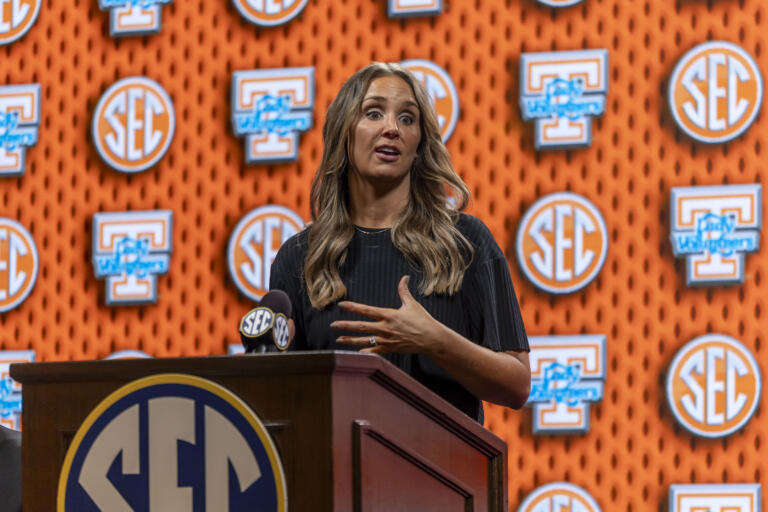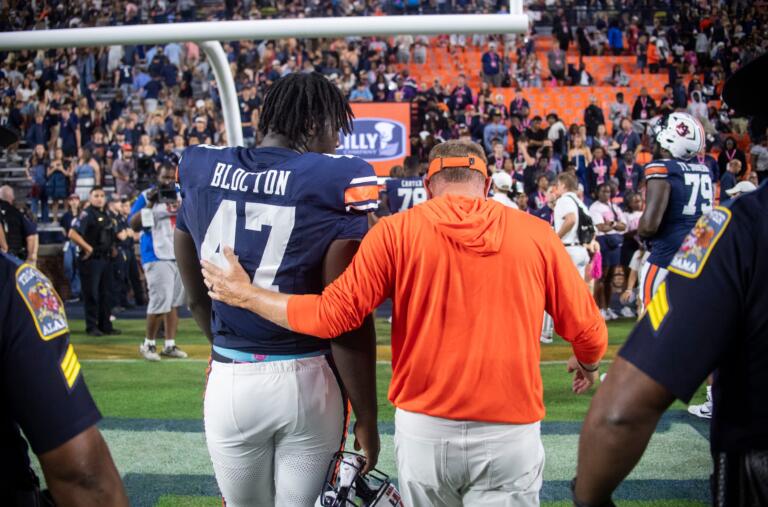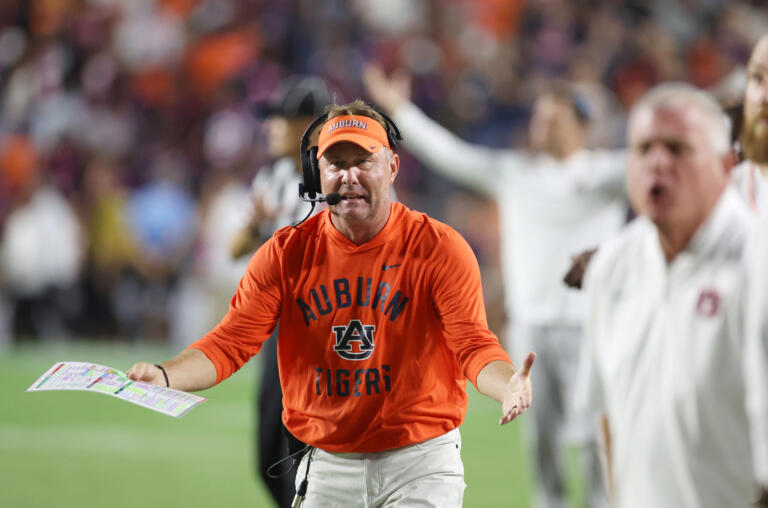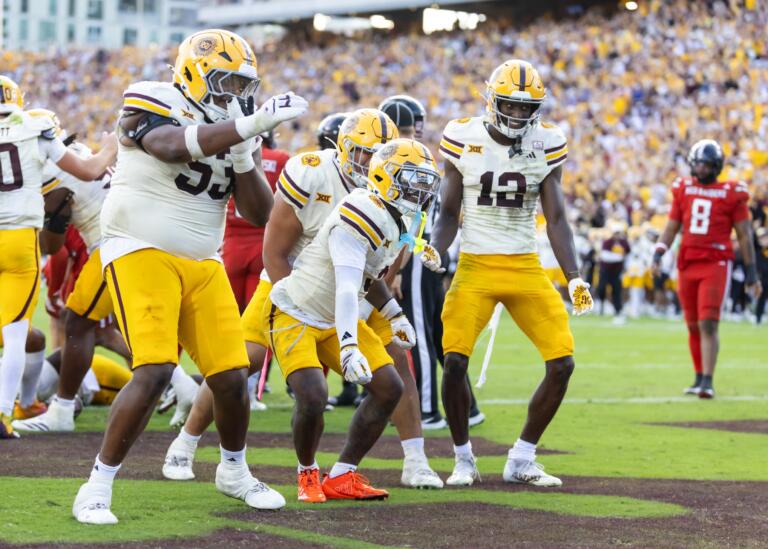The NIL Revolution
Welcome to the new era of college sports, where Name, Image, and Likeness (NIL) agreements have turned talented student-athletes into millionaires. The NIL era has opened doors for athletes to earn significant incomes, a paradigm shift that’s reshaping collegiate sports. Let’s dive into the top 5 highest-paid collegiate athletes and explore the impact of NIL in NCAA.
1. Bronny James: The Millionaire Prodigy
Leading the pack is Bronny James, son of NBA superstar LeBron James, with a staggering net worth of $6.1 million. His earnings come from a blend of his promising basketball talent and the leverage of his family’s brand. But, does this set a new standard for aspiring athletes?
2. Shedeur Sanders: Following in His Father’s Footsteps
Shedeur Sanders, son of NFL legend Deion Sanders, is not just living under his father’s shadow. With a net worth of $3.8 million, Shedeur is carving his own path in the world of college football. How will his journey influence future athletes from renowned sports families?
3. Livvy Dunne: Breaking Barriers
Livvy Dunne of LSU gymnastics, with a net worth of $3.2 million, is the only woman in the top 5. Her success is a beacon of hope and inspiration for female athletes everywhere. But, does this signal a broader change in the landscape of women’s collegiate sports?
4. Arch Manning: Carrying a Legacy
Arch Manning, with a net worth of $2.9 million, continues the legacy of the Manning family in football. His earnings highlight the power of a strong sports lineage. But, is there too much pressure on athletes like Arch, born into sports royalty?
5. Travis Hunter: The Rising Star
Travis Hunter, with $1.8 million, is showing that talent combined with the right opportunities can lead to immense success. His journey raises a crucial question: Will NIL deals start influencing young athletes’ college choices?
The NIL Debate: Pros and Cons
NIL deals have certainly democratized earnings for student-athletes, but is there a downside? While these deals provide financial freedom and a taste of professional life, could they also distract young athletes from their educational and athletic commitments?
Future Implications
As NIL continues to evolve, what will the landscape of collegiate sports look like in five years? Will the focus on financial gains overshadow the essence of college sports, or will it provide a much-needed balance between athletics and fair compensation?
Your Thoughts
What’s your take on the NIL era? Is it a positive evolution for college sports, or does it bring challenges that could undermine the spirit of collegiate competition?
This journey through the lives of the top 5 NIL earners is just the tip of the iceberg in understanding the impact of NIL on college sports. The debate is open, and the sports world watches eagerly as these young athletes navigate this new terrain.








